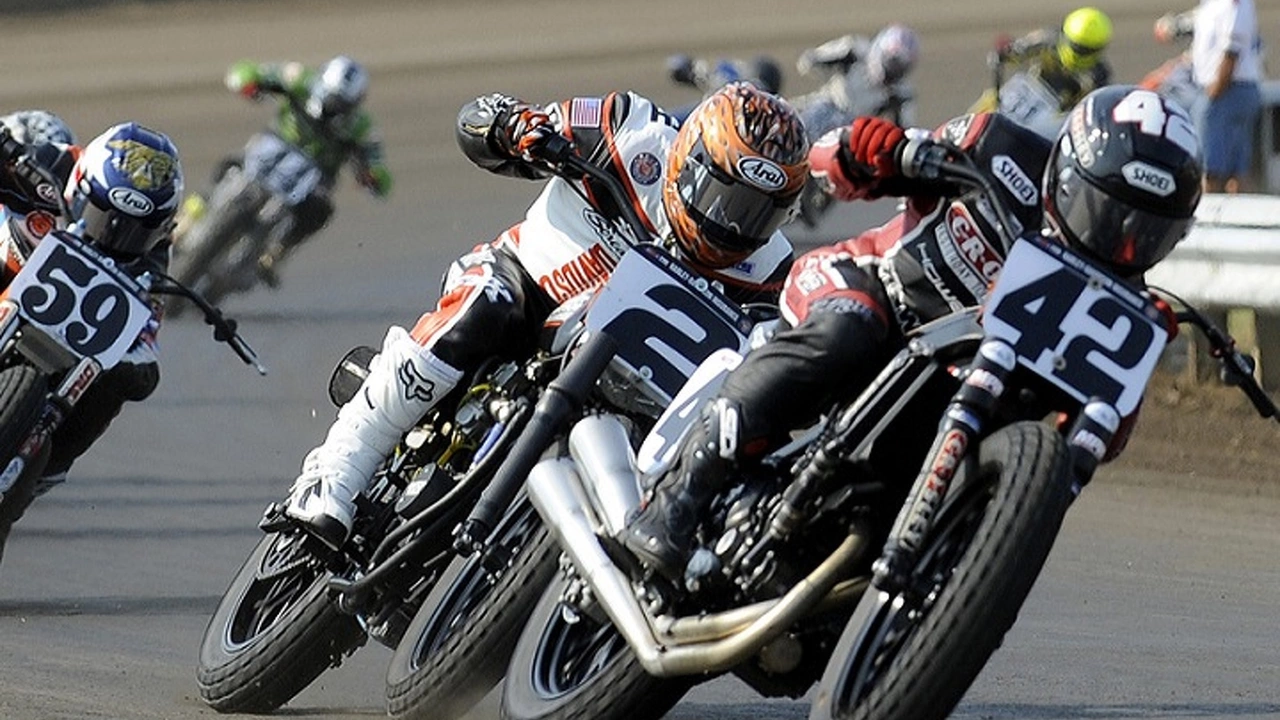Racing History: Key Moments, Legends, and How the Sport Evolved
When you think about racing, images of roaring engines, flashing lights, and fierce competition pop up instantly. But behind the heat of the track lies a rich timeline of daring pioneers, breakthrough technology, and unforgettable races that shaped today’s sport. In this guide we break down the biggest highlights, so you can see how we got from horse‑drawn speed contests to the ultra‑fast Formula 1 machines you watch now.
Early Days: From Land Speed Records to Organized Circuits
Back in the late 1800s, brave inventors tried to beat the wind on open fields. The 1894 Paris‑Rouen race is often called the first true motor‑car contest. It wasn’t just about speed; it also proved that gasoline engines could be reliable enough for everyday use. By the 1900s, purpose‑built tracks like the Indianapolis Motor Speedway (opened 1909) gave drivers a safe place to push limits. Those early venues set the rules for safety, pit stops, and spectator excitement that still apply today.
Golden Era: Legendary Drivers and Iconic Battles
If you love stories of talent meeting danger, the 1950s‑70s are a goldmine. Names like Juan Manuel Fangio, Stirling Moss, and later Ayrton Senna dominate conversations about pure skill. Fangio’s five World Championships in just seven years still wow fans, while Senna’s tragic 1994 accident at Imola reminded everyone how thin the line between glory and disaster can be. Those drivers didn’t just win races—they changed how teams think about car setup, aerodynamics, and driver fitness.
Team rivalries added drama, too. The 1960s Ford versus Ferrari showdown at Le Mans is a perfect example. Ford poured cash into building a car that could finally beat the dominant Italians, and the 1966 race became a classic David‑vs‑Goliath tale. The story’s popularity even inspired the recent "Ford vs Ferrari" movie, which, while dramatized, captures the spirit of that fierce competition.
Beyond Formula 1, other series left lasting marks. The 1970s drag‑racing boom introduced tire‑spinning techniques that still help drivers get traction on the launch strip. Meanwhile, NASCAR’s Southern roots grew into a national phenomenon, turning stock‑car races into massive weekend events.
Modern Evolution: Technology, Safety, and New Frontiers
Today’s races blend raw speed with high‑tech data. Hybrid power units, carbon‑fiber chassis, and real‑time telemetry let engineers fine‑tune every millisecond. Safety advances—like the Halo device in F1 or advanced crash‑structure designs in IndyCar—have saved countless lives since the 1990s, when fatalities were far more common.
Virtual racing is also reshaping the landscape. Platforms like iRacing let amateurs compete from their living rooms, and some pro drivers use simulators to practice new tracks before they ever set foot on the asphalt. While a screen can’t fully replace the feel of real G‑forces, it’s become a valuable training tool and a way for fans to engage directly with the sport.
Finally, the business side matters. Lower‑tier series such as Formula 3 or DTM may not offer the multi‑million‑dollar contracts of F1, but they’re crucial stepping stones. Drivers often earn modest salaries—$50k to $100k in F3, $100k‑$600k in DTM—supplemented by sponsorships. Those earnings reflect the sport’s ladder system, where talent and exposure can quickly propel a racer to higher echelons.
Understanding racing history gives you a deeper appreciation for every lap you watch. Whether you’re a casual fan, an aspiring driver, or just curious about how speed culture evolved, these milestones show why the sport continues to captivate millions worldwide.
What is flat track racing?
0 Comments
Flat track racing is a thrilling motorsport that's all about speed and balance. It's essentially a race on an oval, flat dirt track where riders masterfully slide their bikes around the corners. This type of racing is known for close competition and high-speed action, making it an adrenaline-pumping spectacle for spectators. It's not just about going full throttle, though; strategy and precision play crucial roles too. Whether you're a rider or a fan, flat track racing is undeniably a heart-stopping experience.
Read More